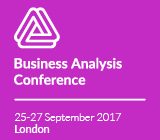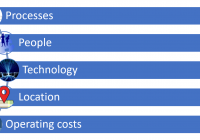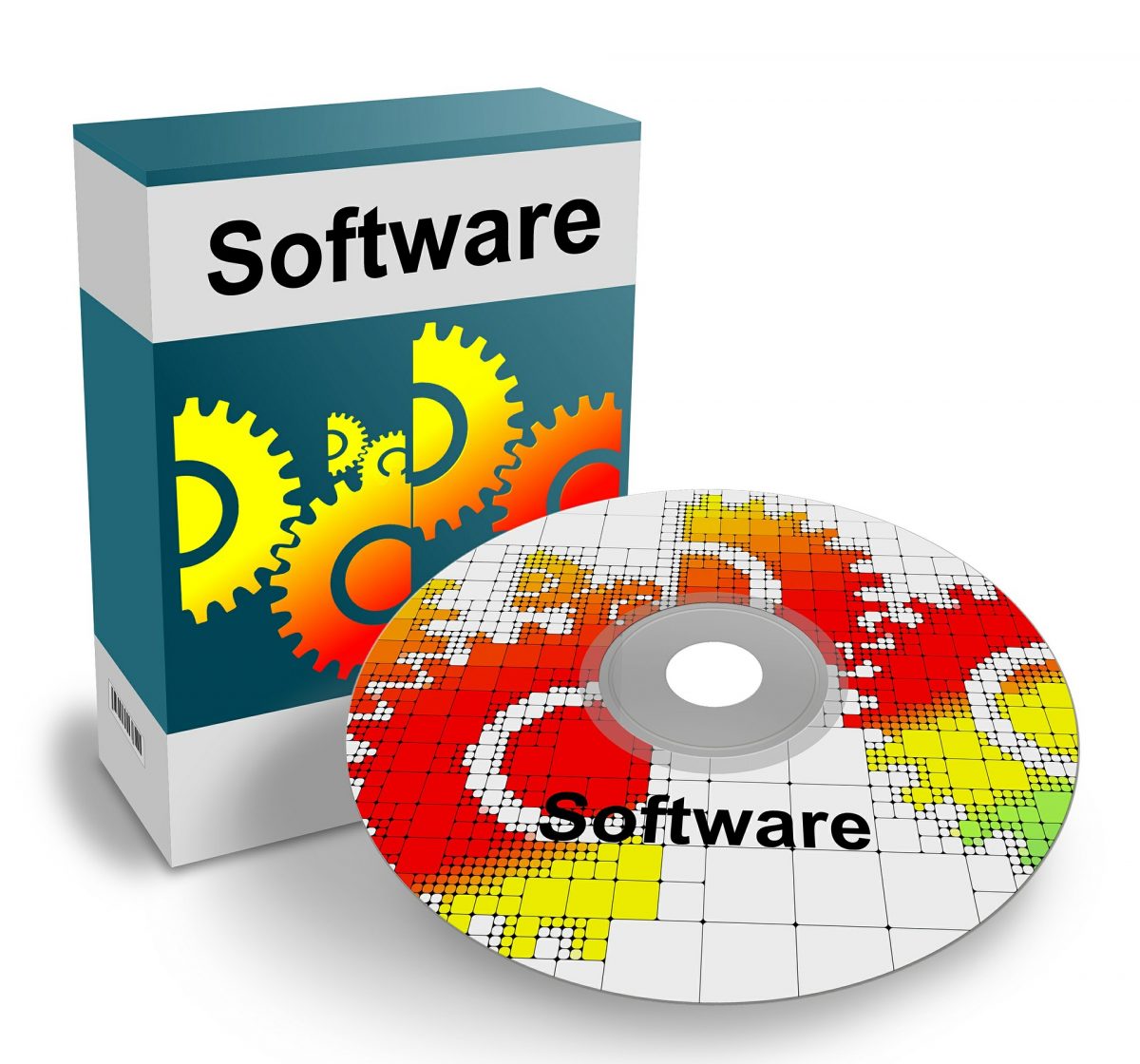Providing a methodology and tool to transfer business knowledge
When is this applicable During business change, business processes may need to be transferred to a new or wider stakeholder group. This may be particularly relevant during migrations, acquisitions, mergers or target operating model changes. Components of business knowledge The various components are the following: What is the expected outcome/benefit of introducing a standard methodology and tool? The… Read More »










